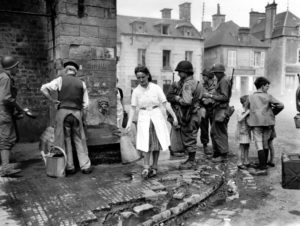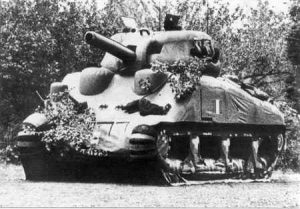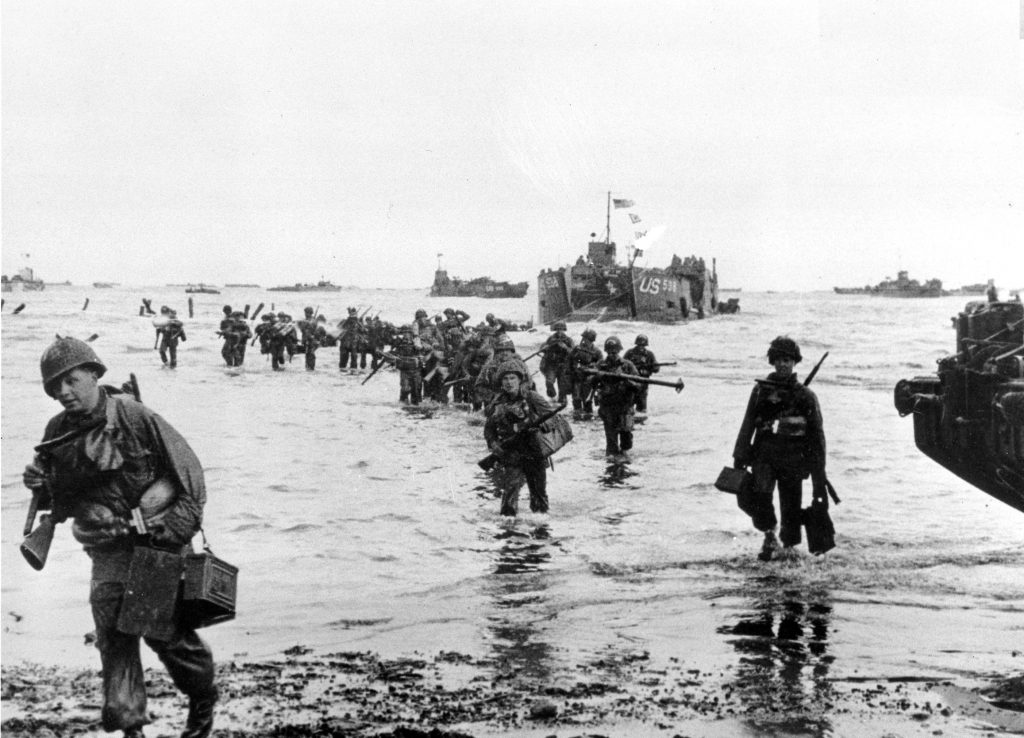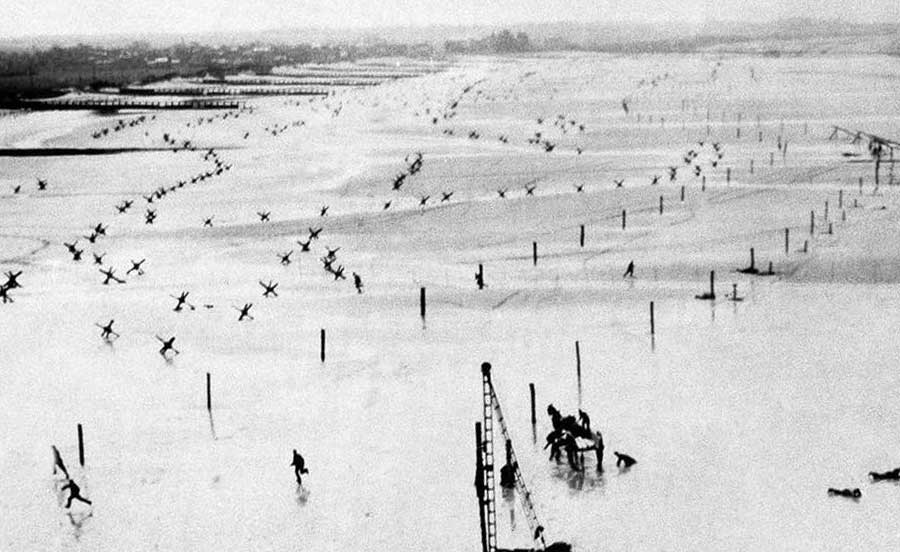The events of the last few weeks have very quickly changed what is “normal” for all of us. As we all do our part to ensure this medical crisis passes quickly, our thoughts and prayers are with our friends and supporters. We want to encourage our friends all over Europe, especially in France, that are beginning to see the worst of this crisis. Our shared history reminds us that we can accomplish the impossible together. So to our friends and family in France, we send our love and encouragement. You are not alone because once again, we stand with you. We encourage everyone to let us know how you are doing on our social media pages.
While our team is still working on completing the final details of the film, we are working to create new content to entertain and inspire our supporters during this unusual time. We encourage everyone to explore our past blogs and our videos on our YouTube channel. This week we are starting to collect questions for our team here in the United States and France to answer in videos or through online live chats. The questions can be historical on D-Day or WW2, geography, French food or language, movie making, or running remote teams. We especially want to hear from children and parents trying to complete their school year at home. We want to take this time to connect with you, our friends, in as many ways as we can. Questions can be submitted in the comments below, at normandystories@gmail.com, on Facebook, Twitter, or Instagram. To get started, we decided to share a blog from last spring that came from a child’s simple question.
Originally published May 20, 2019
Several months ago, while I was researching an article for The Girl Who Wore Freedom, my daughter entered the room. She watched over my shoulder as I viewed an online interview of a veteran. She asked, “Why do they keep calling it Utah Beach? Didn’t you tell us that the soldiers landed at Normandy?”
 That simple question stopped me in my tracks because this was an opportunity. One of the aspects of life in Normandy that I love is that they prioritize teaching their children the history and significance of their communities. I also love their simple approach of listening and sharing stories.
That simple question stopped me in my tracks because this was an opportunity. One of the aspects of life in Normandy that I love is that they prioritize teaching their children the history and significance of their communities. I also love their simple approach of listening and sharing stories.
At this moment, I set aside my research and took the time to share some stories with my children. I called my son into the room so he wouldn’t miss out, and we spent the afternoon asking questions, finding answers, and listening to the stories behind the largest invasion in history.
With the anniversary of the landings just under three weeks away, we thought some of their questions might be some of your questions too.
“Why do they call it Utah Beach?”
‘Utah’ was the code name given for that portion of the Normandy coast. There were five beach landing locations with the code names Utah, Omaha, Sword, Gold, and Juno. The Americans landed at Utah and Omaha, the British landed at Gold and Sword, and the Canadians landed at Juno.
“Who else landed on the beaches?”
Several Allied nations participated in the Normandy landings. In addition to the United States, Great Britain, and Canada, many soldiers from Australia, Belgium, Czechoslovakia, France, Greece, the Netherlands, New Zealand, Norway, and Poland also participated.
“Did a lot of people die?”
Sadly, yes. Historians have tried to estimate the troops lost accurately, but it is difficult. At the end of June 6, 1944, it is believed there were 10,000 casualties and over 4,000 deceased; but that was just the first day. It is also important to remember that many French civilians also died during the landings and as the invasion continued inland.
“If the landings were so difficult, why did they invade there?”
The Allies had known for some time that a second front needed to be opened in the west. The Germans assumed the landing would be near Calais, where the distance across the Channel is the shortest. The Allies encouraged the German assumptions with misinformation and even a fake army across the Channel.
 “There was a fake army?”
“There was a fake army?”
There were many different counterintelligence plans that specialized in providing misinformation to the German occupation forces. There was the Ghost Army of Operation Quicksilver, as well as Operation Bodyguard and Operation Fortitude, which worked nonstop to keep the German focus away from the actual landing location. For months, the Allies used hours of fake radio messages, mockups of airplanes and equipment- including inflatable tanks, to reinforce the idea that they were planning to land their forces at Calais.
“What was Operation Overlord?”
Operation Overlord was the codename given for the Allied invasion into Northwestern Europe. The actual amphibious landings and securing of Normandy was just the first part of a larger battle plan. It was given the code name, Operation Neptune.
“When was D-Day?”
 This is actually a trick question and a trick answer. The term D-day was used as early as WWI, to refer to the day an invasion or operation would be. Military planners would use “D-4” to mean four days before the Day or “D+8” to indicate eight days after. So literally speaking, there were multiple D-days throughout World War II.
This is actually a trick question and a trick answer. The term D-day was used as early as WWI, to refer to the day an invasion or operation would be. Military planners would use “D-4” to mean four days before the Day or “D+8” to indicate eight days after. So literally speaking, there were multiple D-days throughout World War II.
And yet there is really only one D-Day, June 6, 1944. On that day almost 75 years ago, thousands of men, many of them just boys, were asked to do the impossible and succeeded. The landing included over 5,000 ships, 11,000 airplanes, and over 150,000 servicemen. From their personal accounts, these men endured hell because freedom is never free.
We believed that the people of France, Luxembourg, Belgium, and numerous other countries deserved to be liberated, deserved their freedom, and deserved our sacrifice. Even today, the people of Normandy believe the best way to thank and honor this sacrifice is to capture the soldiers’ stories and share them with every generation to come.
That’s where The Girl Who Wore Freedom comes in. We feel that the stories of the people of Normandy also need to be captured and shared with the generations to come. Can you make a small donation to help us finish the film?




Recent Comments